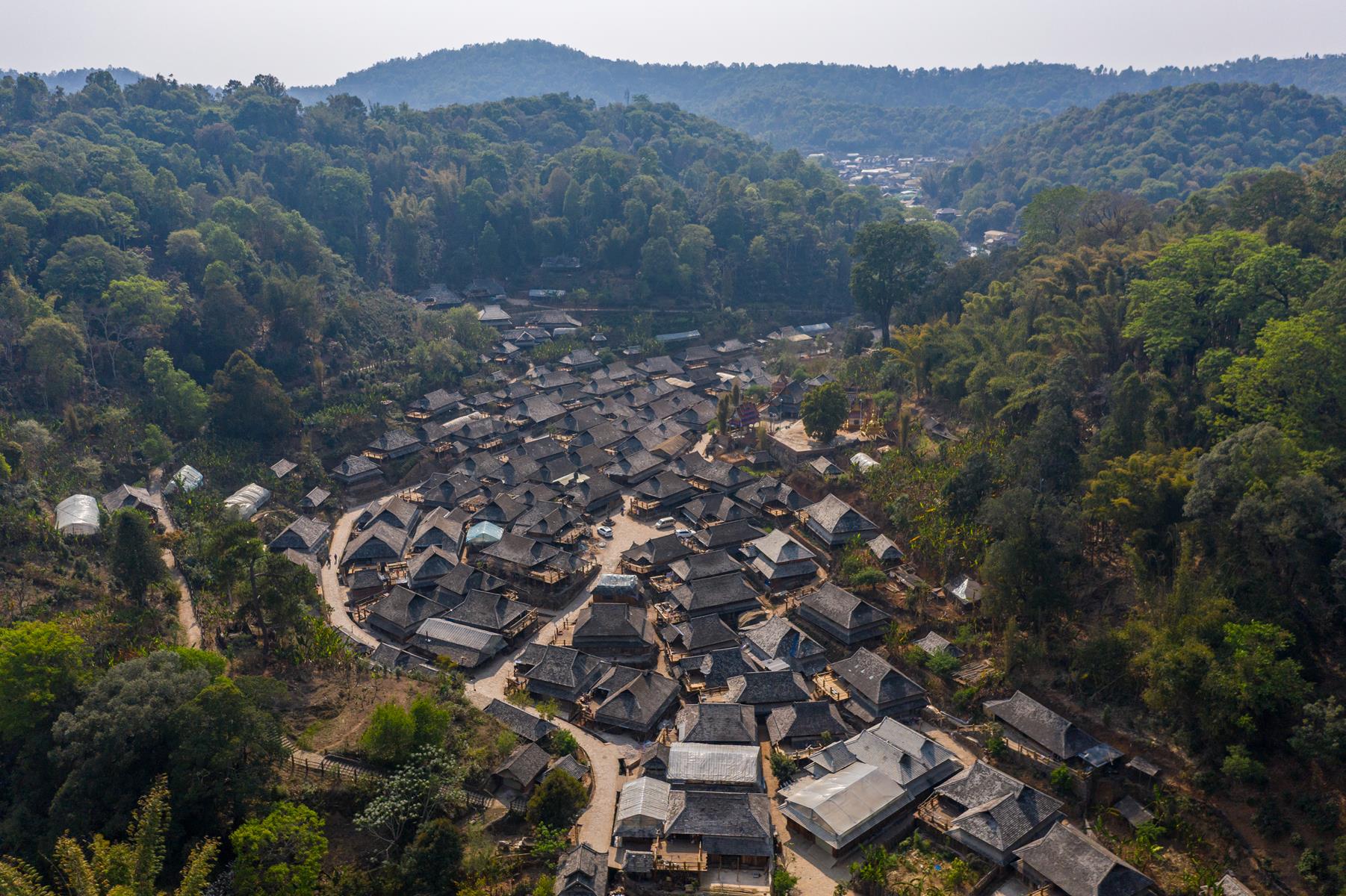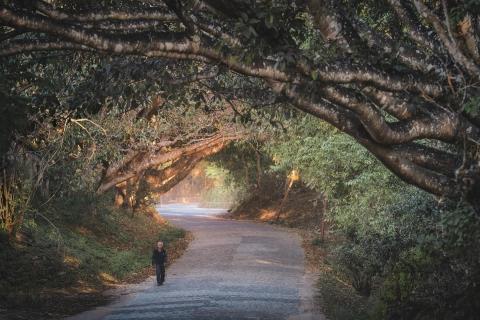Jingmai Mountain – A World Heritage Site of Yunnan_01







World Cultural and Natural Heritage sites are treasures shared by all humanity, embodying profound cultural significance and breathtaking natural beauty. On December 4, 1997, the Old Town of Lijiang was inscribed on UNESCO’s World Heritage List, heralding Yunnan’s natural and cultural landscapes on the global stage. Following this, the "Three Parallel Rivers" natural landscape, Stone Forest, Chengjiang Fossil Site, Honghe Hani Rice Terraces, and the Cultural Landscape of Old Tea Forests of the Jingmai Mountain in Pu’er were successively added to the list. To date, Yunnan boasts six World Heritage Sites, ranking second nationwide.

I. Cultural Landscape of Old Tea Forests of Jingmai Mountain in Pu’er
At the 45th session of the World Heritage Committee on September 17, 2023, the Cultural Landscape of Old Tea Forests of the Jingmai Mountain in Pu’er was inscribed on the World Heritage List. It became China’s 57th World Heritage Site, Yunnan’s 6th, and the world’s first tea-themed cultural heritage site.
The Jingmai Mountain Cultural Landscape features five extensive and well-preserved ancient tea forests. Shrouded in mist, the tea forests interspersed with nine ancient villages and three protective buffer forests between them create a self-contained geographical haven, encircled by the steep valleys of the Nanguang River and its tributary, the Nanmen River—an idyllic “paradise lost.”

Strolling along the stone paths of Jingmai Mountain, you will find towering camphor and banyan trees above, ancient tea trees and shrubs at the mid-level, and herbaceous plants carpeting the forest floor. The landscape is a harmonious mosaic of “mountains with forests, forests with tea, and villages surrounded by tea gardens.”
An ancestral admonition, passed down among the Blang people of Jingmai Mountain, reads:
"Leave no livestock, for they may perish in disaster. Leave no gold or silver, for they will be consumed. Instead, leave these ancient tea gardens and tea trees, an inexhaustible source of sustenance for future generations. Protect them as you would your eyes, pass them down from one generation to the next, and never let them be lost."
This timeless wisdom—reverence for nature, forest preservation, and harmonious coexistence of tea and forest—has shaped Jingmai Mountain’s ecological beauty. It remains a vibrant ecological treasury today, embodying centuries-old sustainability and a profound philosophy of living in harmony with the land.

II. Jingmai Mountain in Spring: Tea Harvest and Forest Harmony
During spring, the busiest tea-picking season, the first rays of sunlight penetrate the morning mist and bathe the lush tea-covered slopes. Tea farmers begin their day early, venturing into the forests to pick the tender leaves. Jingmai Mountain’s tea forests are distinct from conventional tea plantations. Without orderly rows of tea bushes, the forest appears untouched and enigmatic.

Exploring the ancient tea forest of Dapingzhang, you’ll notice the towering banyan and camphor trees sheltering the tea trees below, with orchids, mosses, and other epiphytes thriving in the forest’s embrace. This biodiverse environment nurtures many rare species of flora and fauna. Standing amidst the forest, dappled sunlight filters through the tall trees, enriching the layers of vegetation, where the scent of various plants infuses the air and melds with the essence of tea.

To this day, Jingmai tea farmers adhere to traditional harvesting rules: tea leaves are picked only during spring and autumn, with no more than 70% of fresh leaves collected in a season. They avoid using pesticides and chemical fertilizers, respecting the ancient relationship between humans and the forest. “Every tea leaf embodies nature’s blessings and ancestral wisdom,” say the locals, whose reverence for tea is reflected in their every action.
This enduring respect for ancestral teachings, combined with the Jingmai people’s harmonious relationship with nature and their wisdom in managing the land, has created a unique tea culture. This “tea within the forest, villages amidst the tea, and coexistence of people and tea” embodies a balanced ecological and cultural symbiosis.













